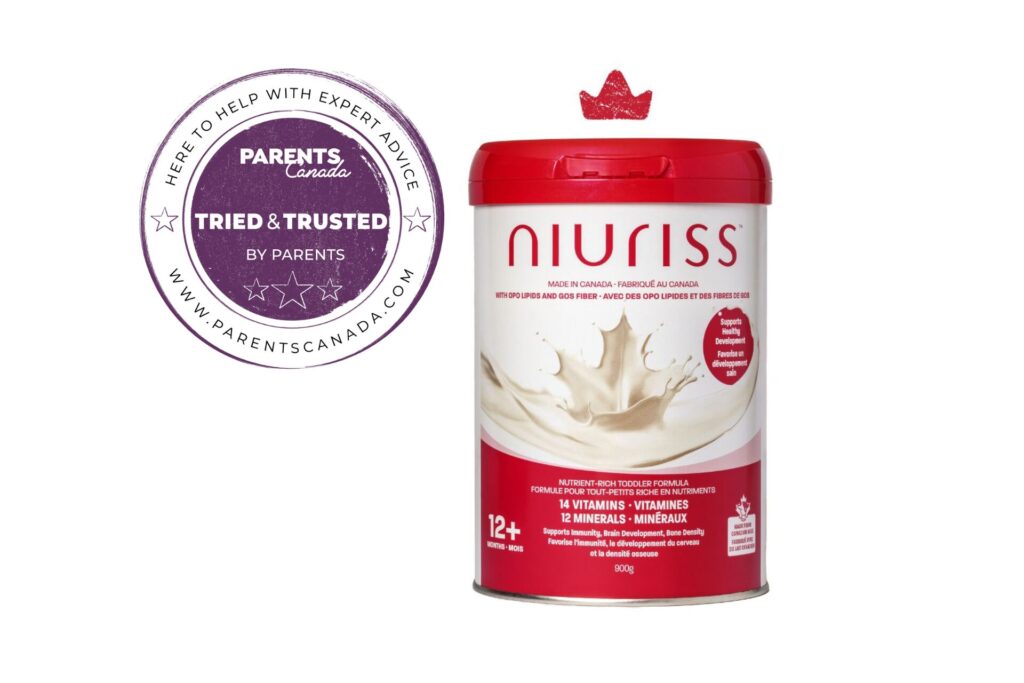 Carly, a Hamilton, Ont. mom
Carly, a Hamilton, Ont. mom
of two, watched as the little girl
with adorable blond pigtails
skipped through the park. She
was smiling, without a care in
the world. Suddenly, another
toddler came up behind her,
and without warning or
reason, pushed the girl to the
ground. Carly ran over, embarrassed.
The tough toddler was
her little girl, Samantha.
According to experts, young
kids inflict pain because:
- They are experimenting with
their new physical abilities and
pinch, bite or pull hair simply
because they can. - They want attention.
- They are frustrated and can’t
express their needs verbally. - They think it’s funny.
Break the habit
Tasha Monaghan is a registered
early childhood educator
and has seen her share of
biters and pinchers. To prevent
these bad habits, she suggests
that parents look for patterns.
“Maybe it’s the time of day.
Maybe it’s another child.
Or perhaps it’s the situation
they’re in. See if there are any
patterns and then try to change
the habit. Do not ignore the
behaviour.”
Dr. Maggie Mamen, a clinical
psychologist who specializes in
working with children, agrees.
“It is critical for parents to acknowledge
these zero-tolerance
behaviours,” she says.
Learning how to stop your
kids from acting up isn’t
always easy. Dr. Mamen
suggests the following steps:
- Try to prevent the behaviour.
Learn your child’s warning
signs. Then remove your child
from the situation before it
happens. - If the behaviour is mood-related
and your child is tired
or hungry, offer something to
self-soothe, like a snack or their
favourite blanket or toy. - If you catch them in the
process, remove them from
the situation with a firm, “No.”
“Many parents try to ask their
children nicely to stop, or
they discuss and debate, but
that does not work,” she says.
“If your child has hit, kicked
or punched someone, your
response should be different
than if they spilled their juice
or snatched a toy. These are
physically abusive behaviours.”
Then, explain that what they
did was wrong.
Tasha takes her approach a
step further. She suggests taking
your child and the victim
aside to show your child that
the other person is hurt or
upset. They need to know that
their actions have caused
a child pain or to cry.
Other methods
You might want to try a time
out, in which you isolate your
child for a brief period of time
so that they can refl ect on
their behaviour. Some experts
recommend a minute for each
year of their age.
You could also try a time-in,
in which you hug your child
and cuddle with them until
they calm down. Then explain
why the behaviour was
unacceptable.
Kids behaving badly
Your kids will probably display other
frustrating behaviours besides hitting
and kicking.
The act: Throwing food
The fix: Lunch time is over. Don’t starve your child,
obviously, but if the little one won’t stop, put an end to the meal.
They will learn that if they misbehave, they won’t get to fi nish their
meal or get dessert. Another option is to ask the child to leave the
table until they decide they can eat properly.
The act: Temper tantrums
The fix: Remove your child from the situation to an area where he
or she can calm down. This may mean abandoning your grocery cart
during a shopping trip or leaving a party. Stick to your guns and be
patient. Don’t yell; just offer a place to quietly relax.
The act: Pulling tails
The fix: Hurting pets is not appropriate. Ever. He or she must
be taught how to interact with the pet properly. It will take a
routine of teaching on your part. Supervise their playtimes.
Originally published in ParentsCanada: Me & Mom, October 2012.









